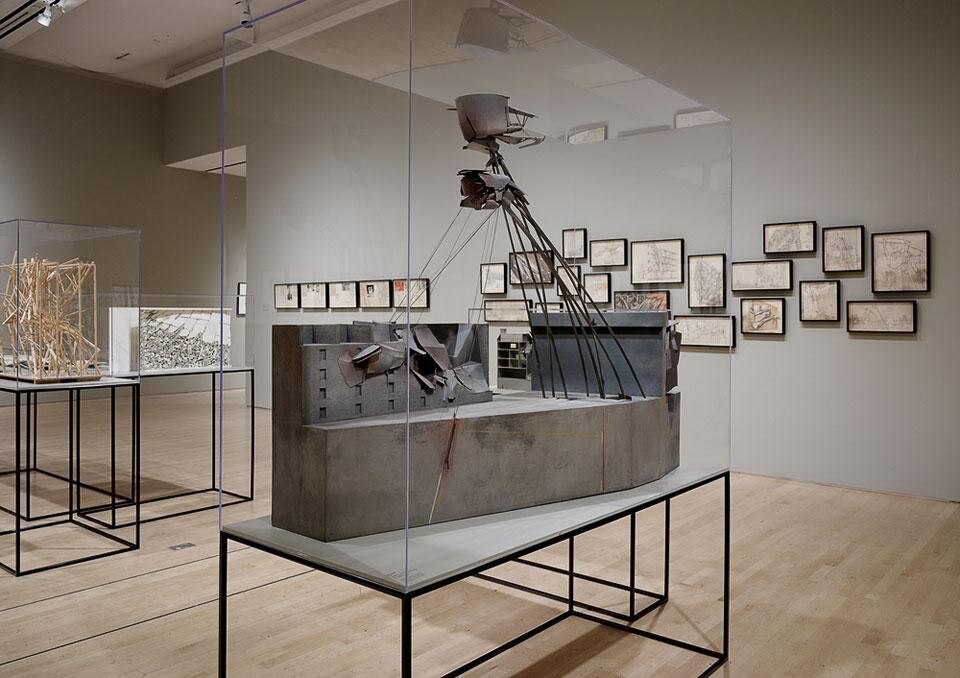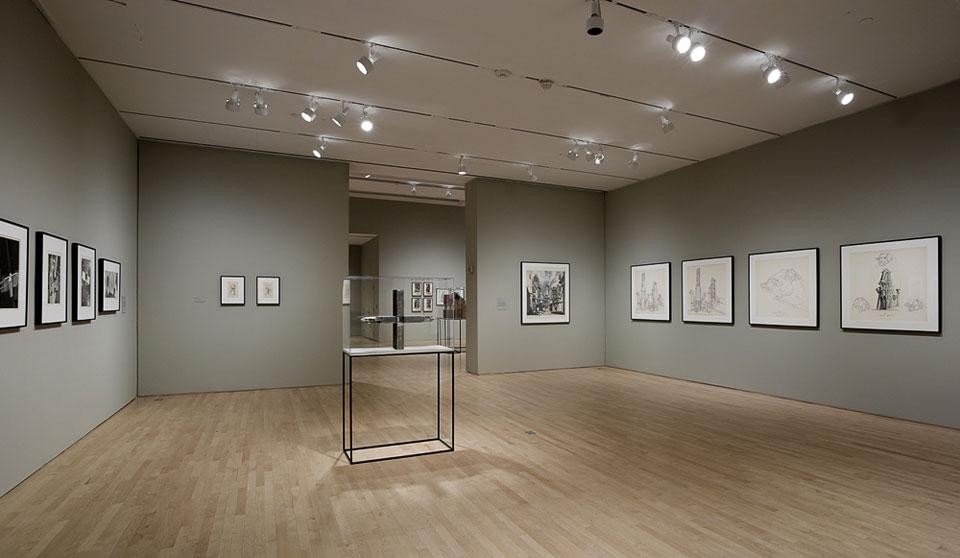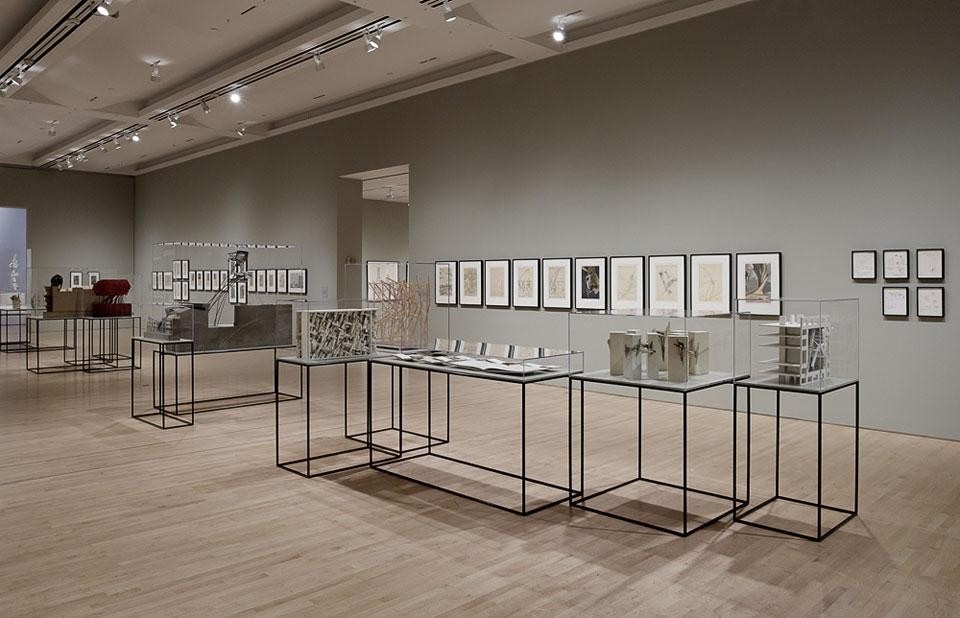The word "architect", fastened as it is to the fantastical, sometimes abstract, sometimes contentious visions Woods let float in the public, keeps this show — his world — from drifting completely out of ours. SFMOMA has been collecting Woods's work since the mid-'90s, and claims to have "assembled the most in-depth institutional collection of his work to date." Coupled with works on loan from private collections, the Getty Research Institute, MoMA New York, and MAK Vienna, this show presents 175 pieces from the past 35 years.
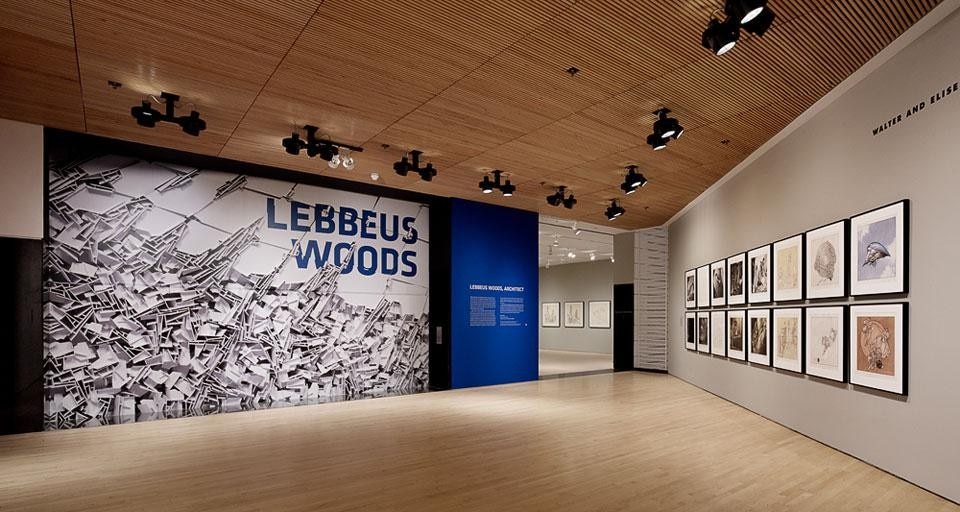
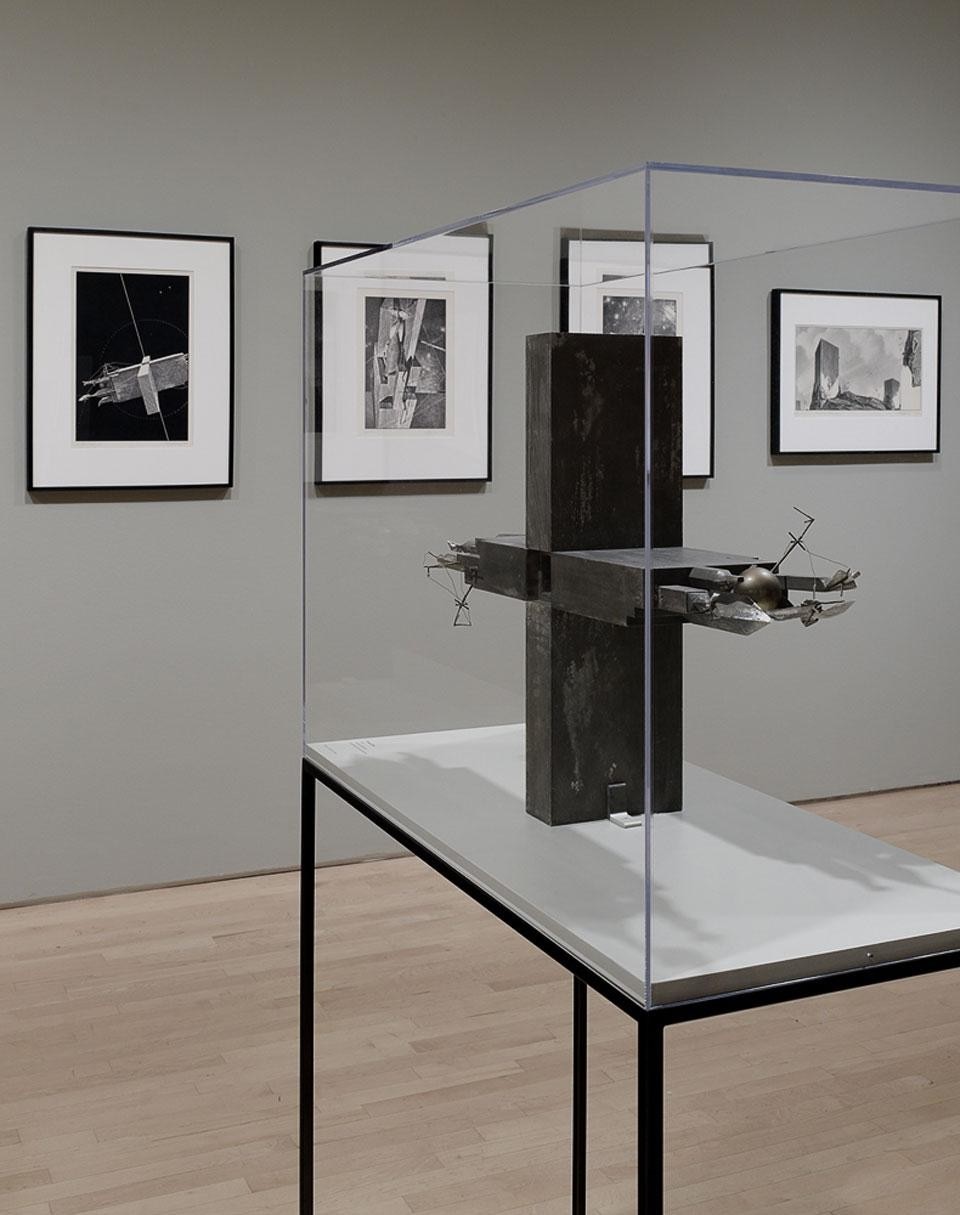
I stood for a long time in front of the image and text dedicated to that one realized project on view: Light Pavilion, Woods's 2011 collaboration with Christoph a. Kumpusch. A "void" in Steven Holl's Raffles City Centre building in Chengdu, China, Light Pavilion is a lit experimental area, promising those who enter it an experience — either positive or negative — they haven't before had in a space. In other words, this is architecture without cue cards. The adjoining text quotes Woods addressing those who might bear smirks or crossed arms against him: "If one needed to give a reason to sceptics for creating such experimental spaces in the context of this large urban development project, it would be this: our rapidly changing world constantly confronts us with new challenges to our abilities to understand and to act, encouraging us to encounter new dimensions of experience." In part, Woods's writing is so rewarding because, as a sceptic himself, he addresses doubts directly, encourages them, intertwines them with his work. Throughout the show, it is evident both in words and visuals that there is not a single question mark struck for a period.
It's just as saddening to know Woods is no longer here to answer our questions about the show, as it is to know he's not here to raise new, really good ones
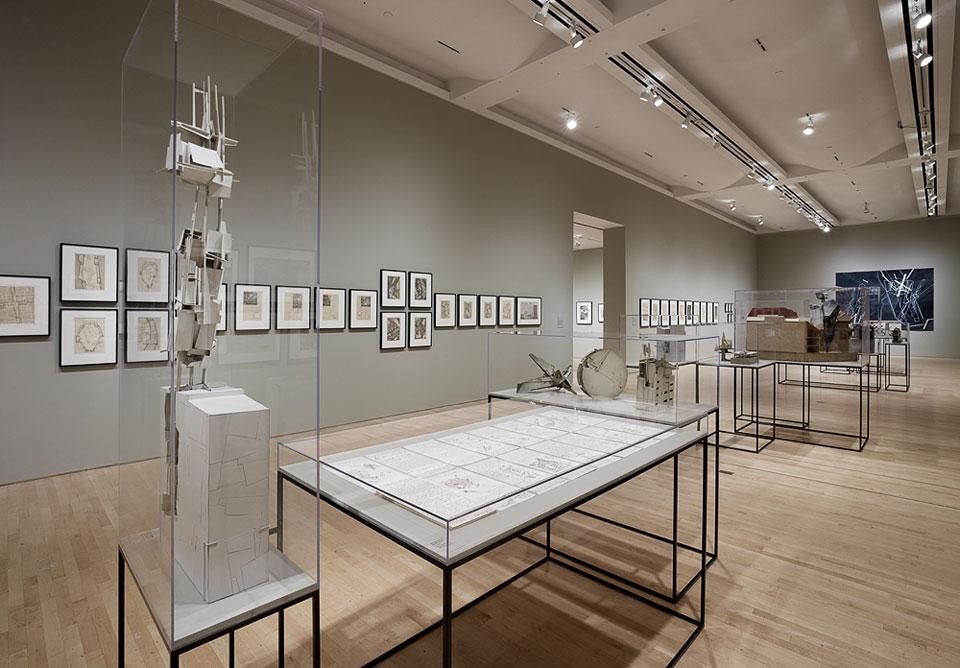
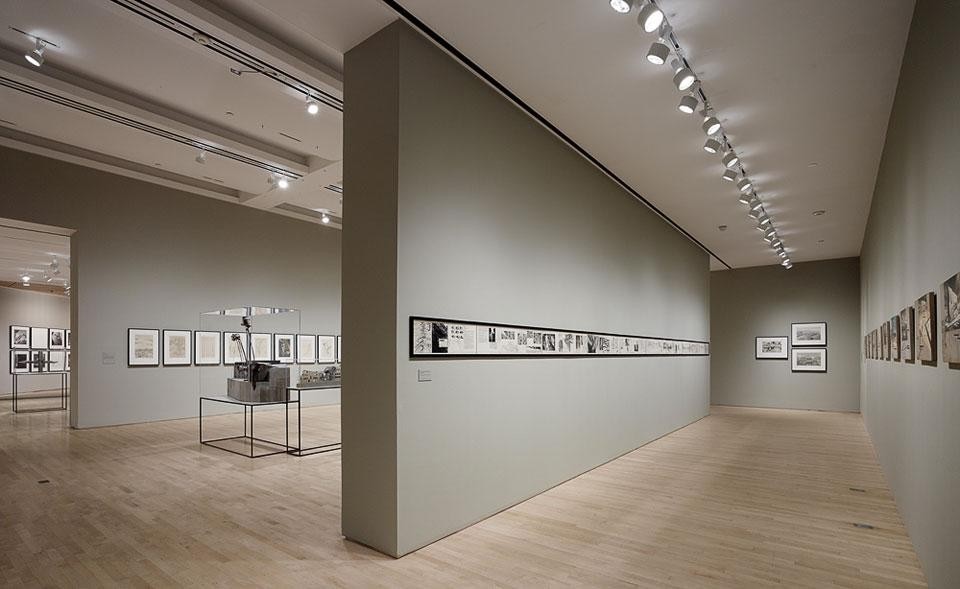
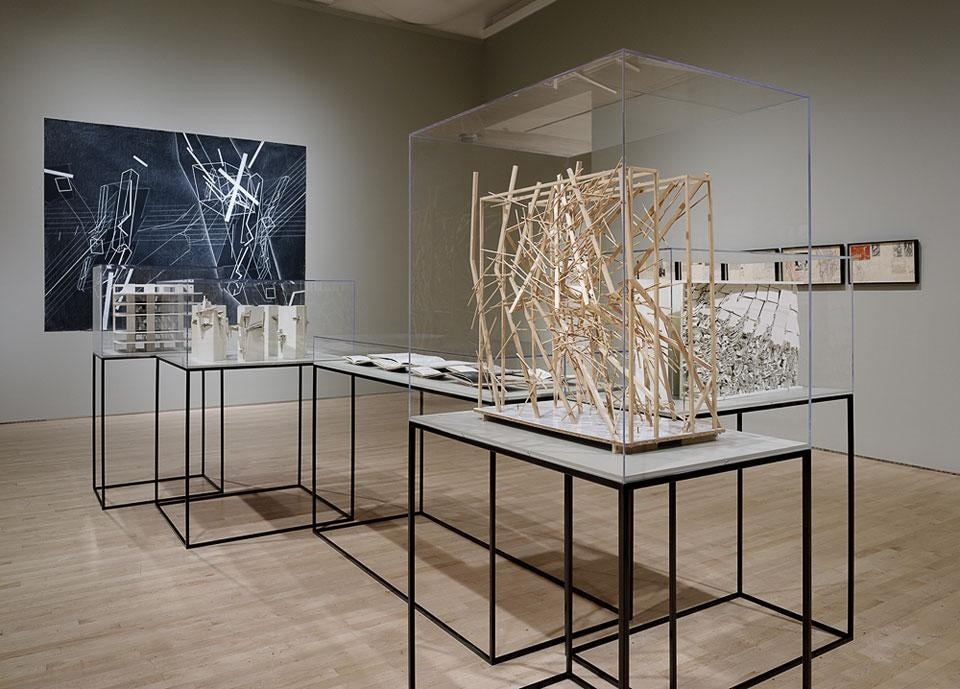
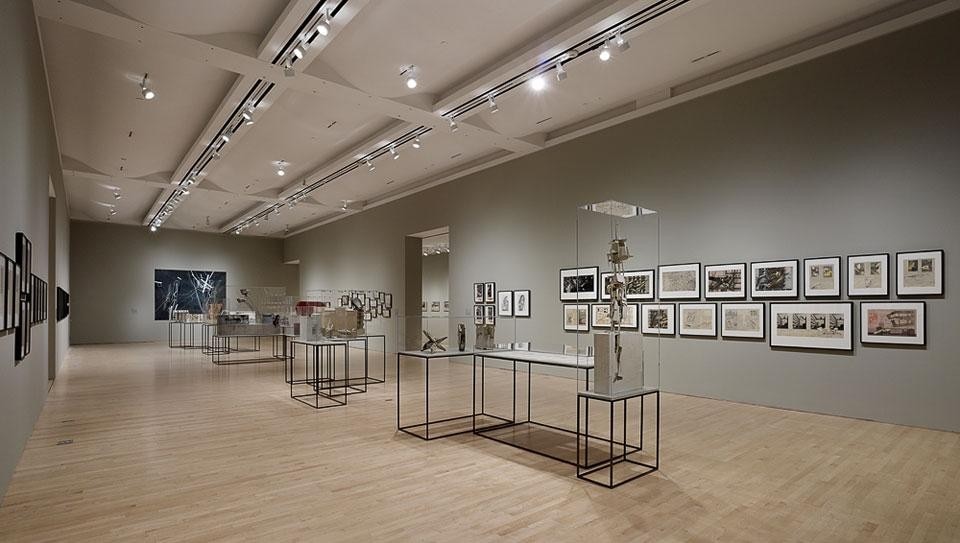
Through 2 June 2013
Lebbeus Woods, Architect
San Francisco Museum of Modern Art
151 3rd St, San Francisco
